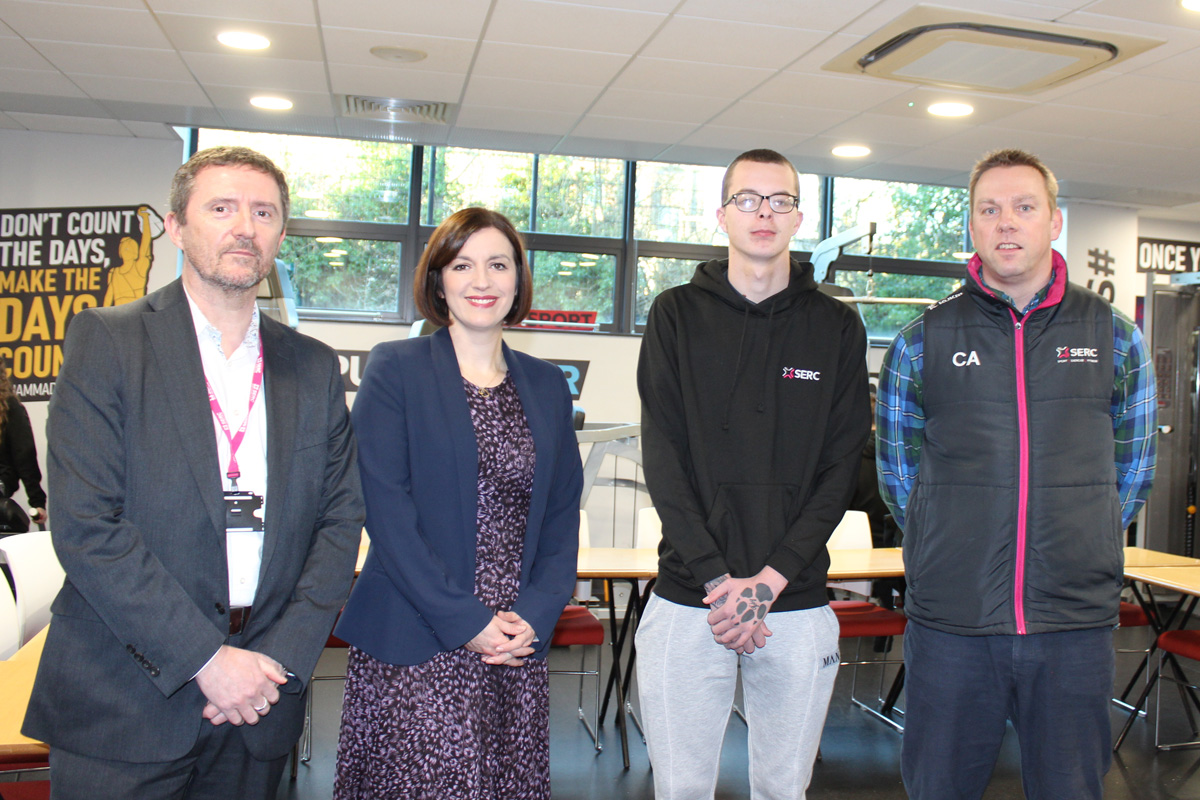Vaping in students is on the rise: How school leaders can help tackle the epidemic

Schools can play a vital role in preventing us from raising a new generation of nicotine addicts, according to Simon Hassett, founder of VapeGuardian.
The latest figures from Action for Smoking Health (ASH) show the popularity of vaping is continuing to surge among students. New data shows there has been a 50% increase in the number of children trying the addictive substances within a single year, jumping from 7.7 per cent last year to 11.6 per cent in 2023.
Worryingly, research in The Journal Addictive Behaviours (2020) has shown that vaping can be a gateway into more addictive substances. They found that 15 to 27-year-olds who used e-cigarettes were seven times more likely to become smokers a year later compared with those who had never vaped.
We have been working with schools up and down the country and have heard from teachers about the consequences they are facing daily, such as vaping leading to pupils becoming more ‘antsy’ in lessons, toilets becoming a ‘frightening’ place to be and even increasing levels of truancy.
The Government has promised to make tackling underage vaping a priority and has now published a youth vaping call for evidence, as well as pledging to spend £3 million on new ‘illicit vape enforcement squads’.
While we wait for further action to materialise, education can start to play a vital role in combatting the crisis through educating the next generation. Initial actions school leaders can do to deter young people from picking up the habit can include:
- Ensuring you use PSHE to provide support and guidance to help children make healthier choices with regards to vaping. By making it part of the curriculum and highlighting the consequences, it gives children the facts they need to see through adverts on social media or other platforms to enable them to make informed choices.
- Engaging parents, guardians and caregivers to encourage open conversations about the risks associated with vaping. Speaking to young people early and often about the risks, and having clear rules and consequences set out at home has been shown to reduce the likelihood of them taking up vaping.
- Encouraging peer-led interventions, equipping young people to challenge their peers with the facts on vaping and nicotine use.
It is important schools also have systems in place to detect students who are vaping on site. Some schools are already resorting to random searches, banning children from toilet blocks and handing out fixed-term exclusions to crack down on vaping.
As vapes are not detected by smoke detectors, it can be very hard to identify without sensors. VapeGuardian can detect the smallest hint of vapour released from an e-cigarette and immediately sends an alert to a designated teacher.
Our latest data found that when our sensors are first installed children are being caught vaping up to 17-22 times per day. Reported incidents half after the first week to an average of 8-11 alerts and these figures continue to decline consistently week after week.











Responses